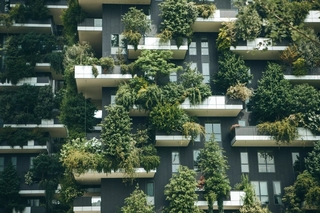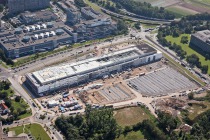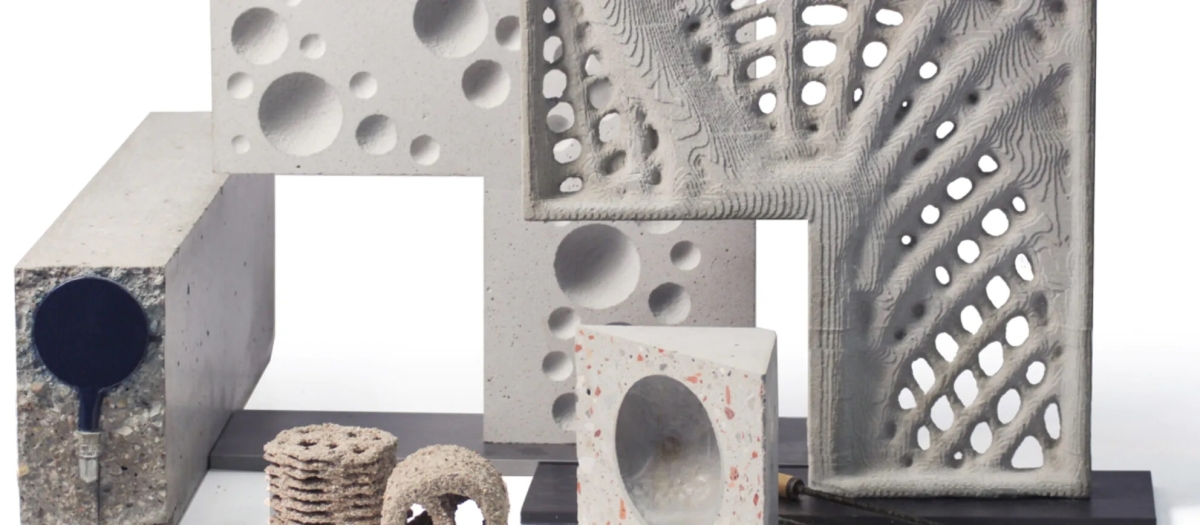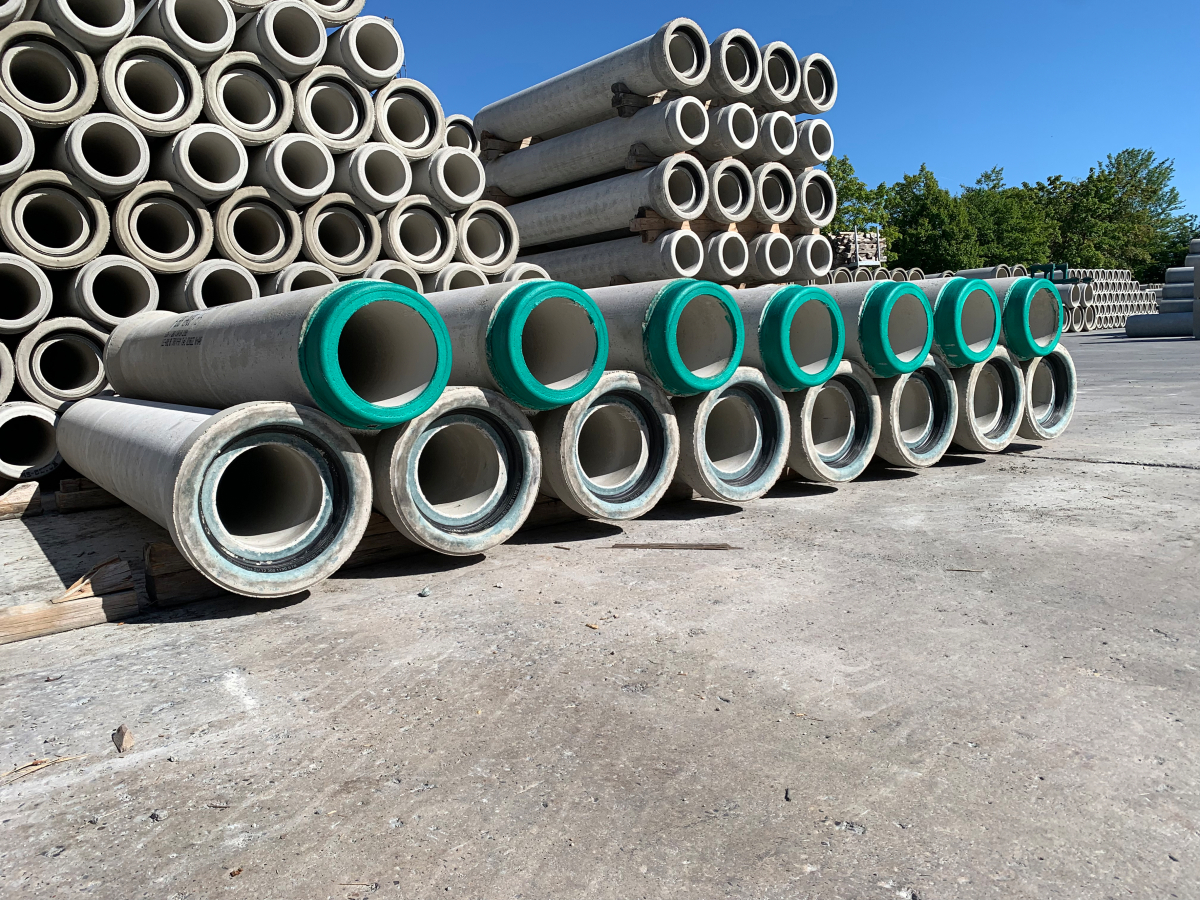Climate-friendly construction — key topic of BAU 2025
09.08.2024
 Figure: Messe München
Figure: Messe München
Preventing and adapting to the consequences of climate change in the face of extreme weather events is a task for society as a whole. The adaptability of the built environment needs to be improved in order to meet future challenges. This can only be achieved through a holistic approach to climate-adapted construction. But what does climate-friendly construction mean specifically for buildings and urban districts? This is a question that needs to be addressed not only by the legislator, but also by all those involved in construction. These questions will also be discussed and possible solutions presented at BAU 2025 in Munich from January 13 to 17, 2025.
“The real estate and construction industry is under pressure to drastically reduce carbon emissions and resource consumption. But that’s not all. Adapting to the consequences of climate change is also a transformational task that affects the entire value chain. Our projects must make do with less energy and resources, and at the same time achieve more—a truly Herculean task,” as Dr. Thomas Welter, Federal Managing Director of the Association of German Architects (BDA) sums up. Climate-friendly construction is an approach to planning, constructing and operating the built environment in such a way that it has the least possible negative impact on the climate while at the same time being resilient to climate change. After all, the buildings we plan and construct today need to still function 50 or more years from now under the climatic conditions of that time, and be able to withstand future extremes in the best possible way. The need for action is high particularly in densely populated areas, as the high level of sealing and the materials used exacerbate the urban heat island effect. It is therefore important to not only provide short-term responses to urgent needs, but to also consider these as long-term strategic measures at various levels of scale.
Climate-resilient urban districts
Today’s cities are largely built up and sealed, which increases the complexity of a socially and environmentally compatible conversion of existing buildings. At the spatial planning level, measures range from unsealing and renaturalizing areas, and reorganizing settlement and traffic areas, to providing flood protection for critical infrastructures. The focus in urban areas must be on the microclimate. The frequently asked question about weather or climate can be illustrated using the example of the urban heat island effect. Measurements by the German Weather Service already show that the difference in air temperature between urban and suburban areas in large metropolitan areas is increasing faster and faster. Passive strategies such as bright surfaces and expanding urban greening, planting heat-resistant tree species, but also shading and cooling concepts help reduce solar heat gain.
Adaptable architecture
At building level, climate-friendly construction means creating healthy and comfortable living and working conditions. It is not only the visible and tangible room furnishings with good indoor air quality and the use of low-emission building materials that influence resilience. Intelligent constructions to increase the thermal storage mass or optimize daylight and air circulation by adapting the orientation and design of the building are just as necessary as integrating external thermal insulation and greening on façades and roofs to improve the microclimate in the immediate residential environment. There is also great potential for action when it comes to the technical building equipment, from using energy-efficient heating and cooling systems as well as renewable energy sources, to integrating smart building management systems to optimize energy consumption. And solutions behind the scenes are also in demand, as Ina Hundhausen from Deutsche Bauchemie e.V. notes: “Construction chemistry in small amounts can have a big impact and significantly improve resource efficiency in the construction sector. For example, you can make lower carbon concrete or optimize it so that less of it is needed. The properties of materials can be altered so that they can be processed faster or under more difficult conditions. With its innovative products, the construction chemicals industry is ready to play an active role in shaping the construction transition.”
Unsealing and sponge cities
There is a fine line between drought stress and flood disasters. The discussion about the water shortage in Grünheide, Germany is present in the media, but what is often forgotten is that even in supposedly water-rich regions, the groundwater level is constantly falling due to human intervention. One approach to making cities more resilient in local water management is to store rainwater and recycle wastewater. The urban ecosystem plays an important role in that. Concepts such as the sponge city principle attempt to restore the natural water cycle in cities by absorbing local rainwater like a sponge, storing it, and releasing it again when needed. That requires measures at the urban district level, such as unsealing surfaces or using water-permeable materials for streets, sidewalks and squares, as well as creating retention areas that relieve the public sewage system during heavy rainfall events. But individual buildings can also contribute to water management by collecting and storing rainwater for irrigation, industrial, or drinking water purposes.
A future task for everyone
Buildings and infrastructure are constructed for a long period of time. It is therefore necessary to plan and build with foresight today in order to consider cross-cutting issues such as sustainability, accessibility, and building cost reduction at the same time. Climate-friendly construction is an interdisciplinary task. That means that sharing knowledge, methods and approaches across traditional disciplinary boundaries is necessary in order to effectively meet the complex challenges of climate change. BAU 2025 is the platform for exchanging ideas on forward-looking concepts, structural engineering solutions and innovative building products in order to work together on designing sustainable, climate-friendly living spaces.
CONTACT
Messe München GmbH
Am Messesee 2
81829 München/Germany
+49 89 949-21472



